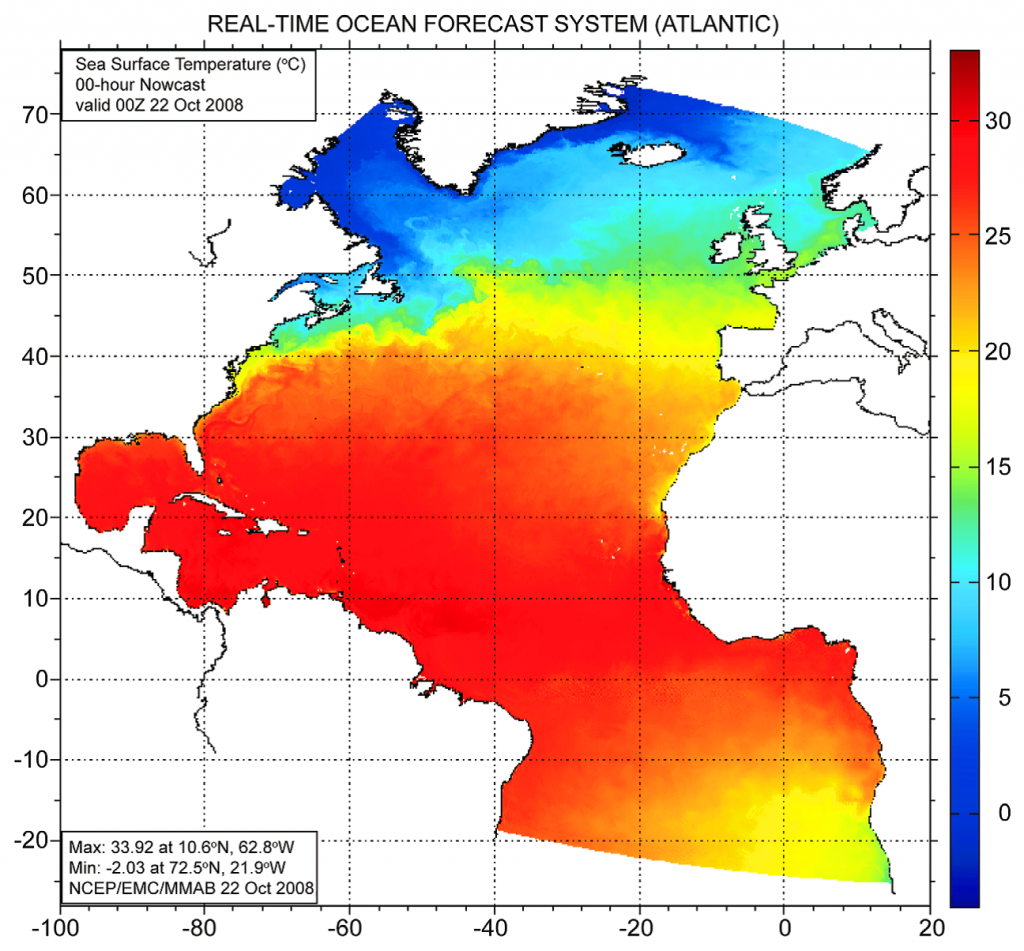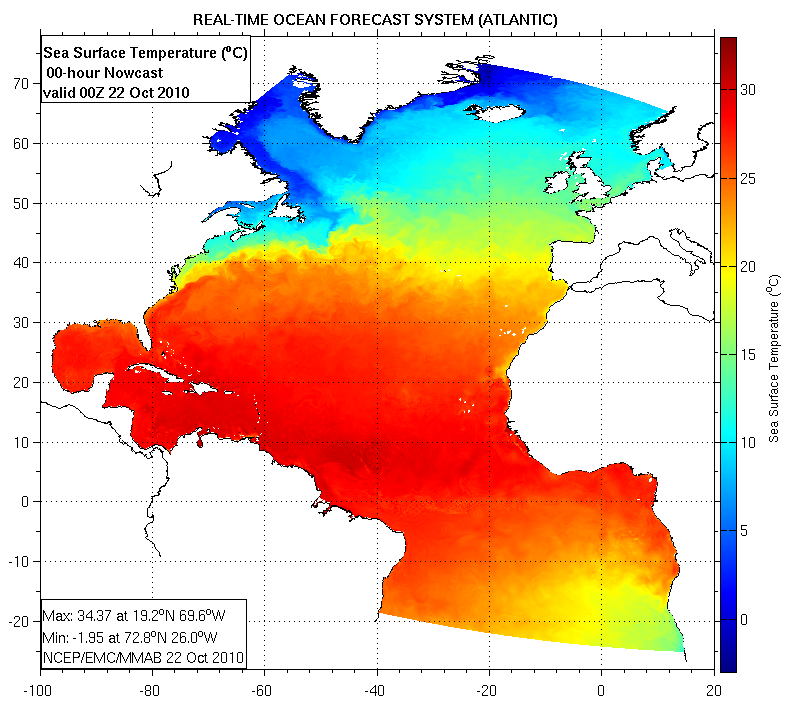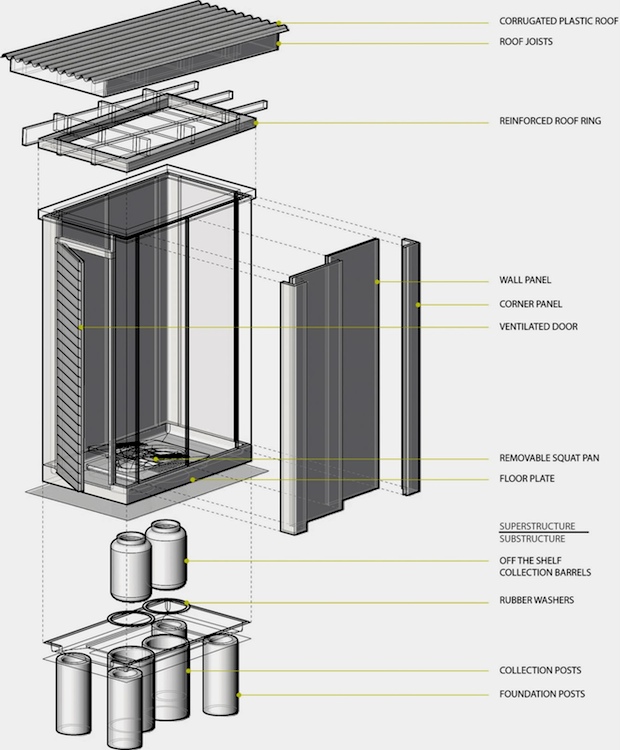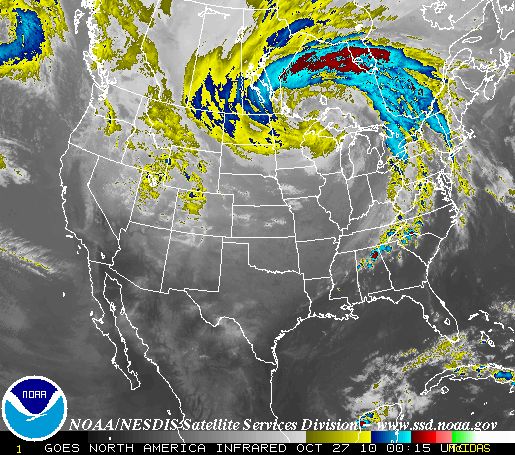OK, its all not just doom and gloom. There’s real out-of-the-box brainstorming going on too. If you ask me, brainstorming is what we humans are best at. Ultimately, our way past the climate problem may be along this path. Sooo… what ideas do you have?
Thanks to Bloomberg.net for this writeup:
Aug. 7 (Bloomberg) — A fleet of sail-powered, ocean-going vessels spraying sea water in the air could save billions of dollars and allow the world to continue emitting carbon dioxide like it does by burning oil and coal.
Marine cloud whitening, which allows solar radiation to bounce off water vapor, at $9 billion would be more cost- effective than reducing CO2 emissions, according to a study by the think tank headed by Bjoern Lomborg, a professor at the Copenhagen Business School.
Geo-engineering projects like cloud whitening and painting roofs white to reflect heat are attracting attention among some policy makers as the world looks at alternative ways to combat global warming. Most plans to cut CO2 emissions involve using more wind and solar power, boosting energy efficiency and constructing air-tight buildings.
“People are only hearing about one solution to climate change and that’s to cut carbon-dioxide emissions,” Lomborg, author of “The Skeptical Environmentalist” (Cambridge University Press, 2001), said in a telephone interview. “In a recession, I’m sure people see the point in finding the cheapest and most effective ways of fighting climate change.”
The study on alternatives to reducing CO2 emissions comes four months before negotiators from more than 180 countries meet in Copenhagen as part of United Nations-sponsored talks to find ways to reduce greenhouse gases and limit global temperature gains to 2 degrees Celsius (3.6 degrees Fahrenheit) after an increase of about 0.8 degrees since industrialization.
White Clouds
Spraying salt water would introduce salt particles onto which water vapor can condense, forming white clouds in the same way they are created from sulphates emitted from ship engine exhausts and dust from volcanoes. The process would help to reflect 1 to 2 percent of the sun’s radiation and “cancel out” the warming caused by doubling the levels of atmospheric CO2 since pre-industrial times, according to the report.
The unmanned ships spraying the sea water would be powered by the wind, with electricity generated by turbines using the vessel’s movement through the water to provide energy for the spray. The system would yield $2,000 worth of climate benefits for every dollar spent, according to Eric Bickel and Lee Lane, the researchers who wrote the report. The document didn’t specify how many ships would be needed.
The world should try to have “white roofs everywhere” to help fight climate change, U.S. Energy Secretary Steven Chu said on May 26. Painting flat roofs of homes and commercial buildings white would reflect more of the sun’s heat back to space and reduce electricity used for air conditioning by as much as 15 percent, Chu said.
‘Frankenstein Ideas’
“Some of these geo-engineering solutions are like Frankenstein ideas,” said Kim Carstensen, head of the World Wildlife Federation’s global climate initiative. “There are consequences that we only half know about. And it doesn’t offer solutions on the scale we require.”
Sea fertilization, which involves adding iron shavings to the sea to promote the growth of CO2-absorbing algae, is another idea attracting attention.
Humans need to reduce greenhouse-gas emissions by 50 percent to 85 percent by 2050 in order to limit the risk of exceeding the 2-degree target. Exceeding that figure would mean rising sea levels that swamp coastal cities, drought and desertification elsewhere, the United Nations Environment Programme says.
‘Eye Off Ball’
“The biggest problem I see with geo-engineering is that it invites us to take our eye off the ball,” said Chris Henschel, a policy manager at the Canadian Parks and Wilderness Society. “The world’s attention needs to be focused on getting a strong agreement in Copenhagen for major reductions in emissions.”
Tweaking Mother Nature’s ways may come with a price. Research still needs to be done to determine the effects of geo- engineering and how rain patterns, cloud formations and other atmospheric processes may be altered, Lomborg said.
“It’s true that everything comes with a risk,” he said. “But there are also risks connected with carbon-dioxide cuts.”
To contact the reporters on this story: Jeremy van Loon in Berlin at jvanloon@bloomberg.netChristian Wienberg in Copenhagen at cwienberg@bloomberg.net
To contact the editors responsible for this story: Todd White at twhite2@bloomberg.net; David Merritt at dmerritt1@bloomberg.net; John Deane at jdeane3@bloomberg.net.







